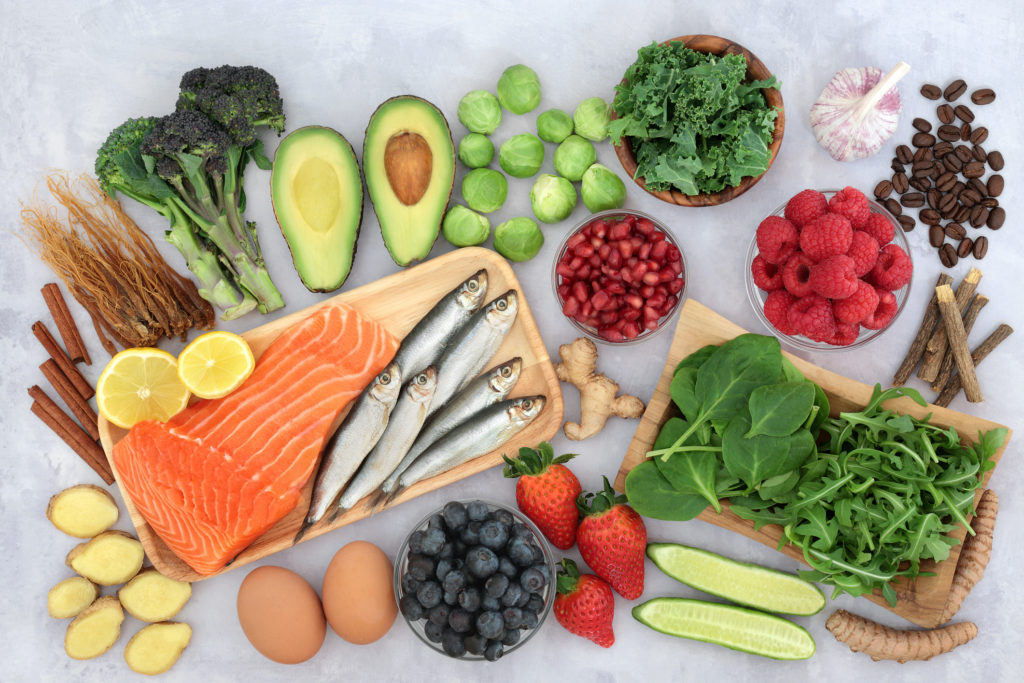Amelia Grant
Everything You Need to Know About an Anti-Inflammatory Diet for Back Pain

If you’re suffering from low back pain, you’ve probably tried different lifestyle changes and remedies to improve the pain. Though it might be helpful to purchase a high-tech mattress or an ergonomic office chair, there are some less obvious changes you can make to improve your low back pain, such as a special diet.
Scientists have found a link between the diet and the risk of low back pain. They suggest that diets high in anti-inflammatory foods appear to be beneficial for people with low back pain. An anti-inflammatory diet includes whole grains and lots of fruits and vegetables.
1. The role of chronic inflammation in disease and pain
There are two types of inflammation: acute and chronic. While acute inflammation is a vital immune response that helps combat infection and promotes healing, chronic inflammation occurs in healthy tissues and can provoke damage and lead to various chronic conditions, such as cancer, cardiovascular disease, diabetes, Alzheimer’s disease, and depression. Chronic inflammation can also play a role in arthritis and back pain.
Low back pain is the most common type of pain among Americans. One out of every four adults experienced low back pain in the previous three months, according to the Centers for Disease Control and Prevention (CDC).
2. Connection between pro-inflammatory foods and low back pain
A pro-inflammatory diet consists of foods high in refined sugars, unhealthy fats, fast carbs, and other substances that can promote overall inflammation. This is a diet where people eat mainly refined grains that are extremely easily absorbed and cause blood sugar spikes and weight gain.
In fact, vegetable oils such as soybean oil, vegetable oil, and corn oil are inflammatory as well. Vegetable oils have gone through a high level of processing, and they contain omega-6 fats which are inherently pro-inflammatory.
Some of these things aren’t harmful in small doses, however, when we have them embedded in every product, every processed food, and every restaurant uses them, that’s when chronic inflammation can ensue — from chronic exposure.
3. Expert tips on lowering inflammation in your diet
Though diet might help relieve back pain, you shouldn’t think that food will have the immediate effects that pain medications might provide. If you change your diet and don’t feel relief right away, don’t get discouraged.
Following an anti-inflammatory diet isn’t just about avoiding foods that provoke inflammation. We also need to consume enough of the types of foods that will lower that inflammation. Here are some tips to adjust your diet:
- Consume lots of colorful fruits and vegetables. Consuming 4 to 6 cups of colorful veggies and fruits without any added sugars will help you lower low back pain. Choose cruciferous vegetables like watercress, broccoli, and arugula, since they possess really strong anti-inflammatory properties.
- Getting more omega-3s is essential as well. Avoid refined oils while increasing the consumption of omega-3s. This will help provide a more anti-inflammatory balance of those oils. The best sources of omega-3 fatty acids include cold-water fish like salmon, sardines, and cod.
- Use anti-inflammatory spices when cooking foods. Spices like ginger, cinnamon, and cayenne pepper can be used to lower inflammation, as well. Turmeric is another good option. You can use it in savory foods or add it to a smoothie.
The way in which you cook certain foods can also exacerbate chronic inflammation. According to a 2017 meta-analysis published in Scientific Reports, frying, roasting, microwaving, searing, or grilling meats, fish, and eggs produces compounds known as advanced glycation end products (AGEs).
Though your body produces AGEs naturally and they are contained in raw animal products, cooking, particularly at high temperatures, promotes the formation of new AGEs. High levels of these compounds in your tissues and blood can lead to an inflammatory response and are suspected to raise inflammation throughout the body.
To avoid or limit this effect, prepare meat dishes that call for steaming, simmering, or braising, and reduce your consumption of processed foods, which have often been exposed to a high cooking temperature to increase their shelf life.

